World View Enterprises recently passed the FAA’s standards for sending a manned capsule to the edge of space by way of weather balloon.
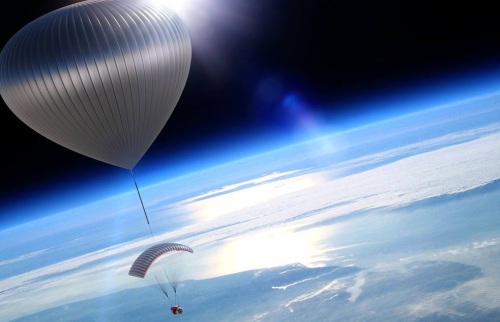
The company posted the FAA’s announcement on its website, which says that the space capsule will carry eight people per trip to a height of 98,425 feet (approximately 20 miles) by using a massive helium balloon.
Takeoff will occur at Spaceport America (New Mexico), followed by a 1.5 to 2-hour ascent.
The expected cost for this journey: $75,000.
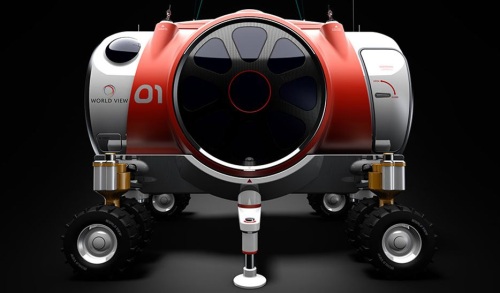
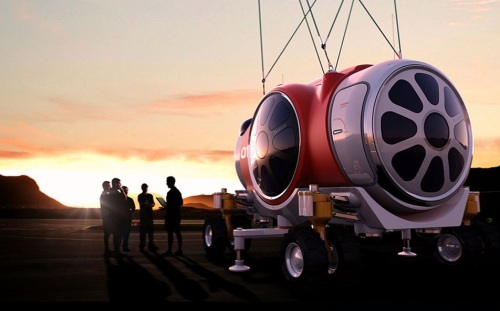
Jane Poynter, World View CEO, said in a statement, “Seeing the Earth hanging in the ink-black void of space will help people realize our connection to our home planet and to the universe around us, and will surely offer a transformative experience to our customers.”
“We look forward to pioneering this new, accessible and affordable spaceflight regime, and to sharing the breathtaking, once-in-a-lifetime experience with people from around the globe,” she added.
During the flight, travelers on board will:
“. . . experience the space environment, including a period of weightlessness and the iconic space view: A curved earth it its thin blue atmosphere against the blackness of space. The will do so from . . . the pressurized, space qualified World View Spaceflight Capsule, designed to operate in, and protect the human body from, the near-vacuum, radiation, micrometeoroid, and extreme thermal environments of outer space.”
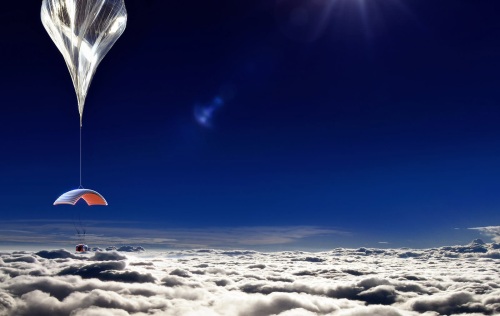
Paragon Space Development Corporation is the vehicle developer. The company will be tasked with making sure riders are protected from all of the possible effects of traveling into space. There’s a slew of technology packed into this tiny gondola-like vehicle. For one, the capsule will spend between two and six hours at the altitude of 30 kilometers, during which it will fully pressurize the interior of the capsule at a near constant pressure and provide a breathable atmosphere for its riders.
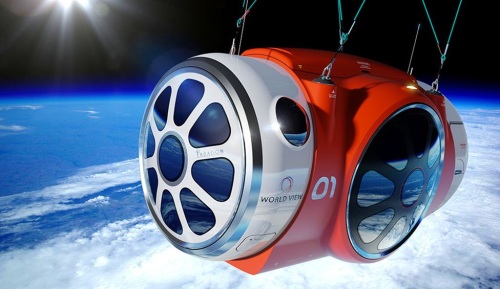
Also, a thermal control system is included to maintain the temperature of the avionics and other subsystems, and to supply coolant fluid to the environmental control and life support system.
The avionics suite itself is expected to consist of redundant space-qualified, radiation-hardened avionics for controlling ascent, descent, and landing without failure.
In terms of propulsion, the helium balloon will be connected to the capsule via suspension cables. The fabric stretches 396,436m3 and is made of high-performance polyethylene film. Included are multiple layers of caps added to the top part of the fabric in order to maintain structural integrity during flight.
During the vehicle’s ascent, its fabric is expected to expand, and helium density decrease until the balloon is fully inflated. The vehicle will have reached its targeted altitude once excess helium has been fully vented.
Now, as for being in space, the Paragon vehicle is expected to stay up there for about 20 to 40 minutes, at which point the balloon will detach from the capsule and descent will begin. The descent itself will include a period of free fall followed by aerodynamic deceleration as the vehicle enters Earth’s atmosphere and tis deployed parafoil becomes more and more effective.
The FAA has determined that the capsule is designed to land intact. It has landing skids and the parafoil itself is steerable, which provides the driver with control over where, exactly, it lands. The steerable parafoil also serves as an emergency abort system during ascent should the balloon, for whatever reason, fail.
So what do you think? The first flights are expected to be ready for takeoff in 2016. Would you give it a try? Let’s see if your answer changes after the video Paragon created that shows what it would be like to ride in this capsule.
In order to be put to actual commercial use, Paragon is expected to design, test, and build the capsule for the purpose of operating fully in the environment of low-Earth orbit. Its structural design will be based on the modules used on the International Space Station.
As for testing, the Pentagon states:
“The space capsule will undergo space qualification testing at the component, subsystem, and system levels. Each component will be over-stressed to determine its maximum tolerance. In addition, for acceptance testing, each component, subsystem and system will (be) exposed to the limits (temperature, pressure, vibration, and radiation) of the launch and LEO environments, plus a margin of safety to accommodate unknown factors. The space capsule will undergo pressure, thermal, and vacuum chamber testing in spacecraft manufacturing facilities.”
Let us know in the comment section below if you’d be up for this once-in-a-lifetime experience.
Story via: worldviewexperience.com
Advertisement
Learn more about Electronic Products Magazine





